The United States has imposed a 50% tariff on imports from India, marking one of the steepest trade measures implemented under President Donald Trump. The decision represents a sharp escalation from the initial 25% rate announced earlier this year.
India, one of the world’s fastest-growing economies and a key U.S. trade partner, counts America as its largest export market. The new tariffs are expected to affect a significant share of Indian exports and could prompt exporters to explore alternative markets in regions such as Latin America and the Middle East.
Prime Minister Narendra Modi has pledged to safeguard domestic interests, emphasizing the protection of farmers, small businesses, and the dairy sector. Speaking at a rally in Gujarat, Modi reaffirmed his commitment to shielding local industries from external economic pressures.
The move signals a shift in Washington’s approach to New Delhi. While India had previously enjoyed a favorable position in U.S. trade policy due to its growing economic ties and strategic importance in the Indo-Pacific, the latest tariff hike introduces new strains into the bilateral relationship.
Despite five rounds of trade negotiations, India and the U.S. have yet to reach a comprehensive trade deal. Differences remain over market access, with India reluctant to open sensitive sectors that support millions of livelihoods to cheaper American imports.
Observers note that the tariff increase underscores Washington’s willingness to apply aggressive trade leverage, while New Delhi faces mounting pressure to diversify export markets and reinforce domestic economic resilience.
#TariffsAndDuties #TradePolicy #USIndiaRelations #GlobalTrade #SupplyChainNews

















